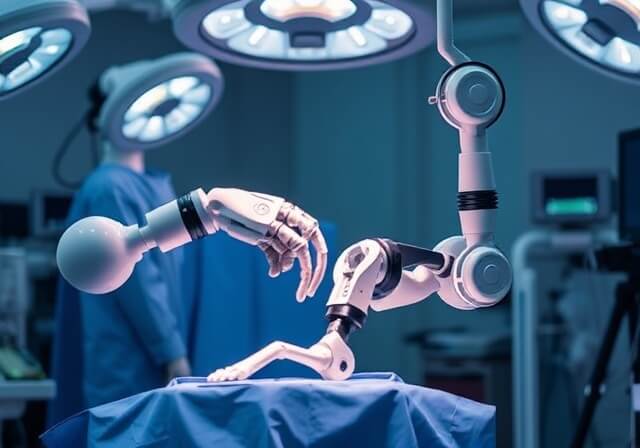Scientists have revealed that Xenobot, the world’s first living robots, can reproduce. These tiny, biological robots were created from the stem cells of frogs and have shown a remarkable ability to self-replicate under certain conditions.

[sc_fs_faq html=”true” headline=”h2″ img=”” question=”What Are Xenobots?” img_alt=”” css_class=””] Xenobots are microscopic organisms, about the size of a grain of sand, made from the cells of the African clawed frog (Xenopus laevis), which is where they get their name. Unlike traditional robots made of metal and electronics, Xenobots are entirely biological, composed of living cells. Their creation represents a fusion of biology and technology, designed to perform specific tasks. [/sc_fs_faq]
How Xenobot Reproduce
The most astonishing aspect of Xenobots is their ability to reproduce in a unique way. The researchers found that, under the right circumstances, these living robots engage in a type of reproduction called “kinetic self-replication.” Unlike traditional reproduction, this process doesn’t involve cell division or reproduction seen in most living organisms. Instead, Xenobots move around in their environment, collecting loose cells, and assembling them into new Xenobots, thus creating a form of spontaneous self-assembly.
This process is a significant breakthrough in the field of artificial life and raises exciting possibilities for the future of biotechnology.
Potential Applications
While the ability of Xenobots to self-replicate is fascinating, their real-world applications could be revolutionary. Scientists believe that these tiny biological robots could be used in a variety of fields, including:
- Medicine: Xenobots could potentially be programmed to clean up microplastics from the ocean, deliver drugs to specific areas of the body, or even target cancer cells with precision.
- Environmental Cleanup: Xenobots could be used to remove toxic waste or pollutants from the environment in a safe, biodegradable way.
- Scientific Research: They provide a unique platform for studying cellular behaviors and biological systems, potentially leading to new insights into regeneration, growth, and self-repair in living organisms.
Ethical Considerations
Despite the immense potential, the creation of self-replicating biological robots raises significant ethical questions. Some concerns include the possibility of uncontrolled replication, unintended consequences for ecosystems, and the broader implications of creating synthetic life forms. As scientists continue to study Xenobots, it will be crucial to establish ethical frameworks to guide their development and use.
Conclusion: Xenobots represent a remarkable leap forward in science and technology, blurring the lines between the biological and the artificial. Their ability to reproduce opens up new possibilities in medicine, environmental science, and beyond, though it also poses ethical challenges that must be carefully navigated. As research continues, Xenobots may pave the way for a future where living machines become a part of everyday life.
| Read More Topics |
| The typical robot arc welding application |
| How to make a lego mindstorm robot? |
| A computer as the workcell controller |





